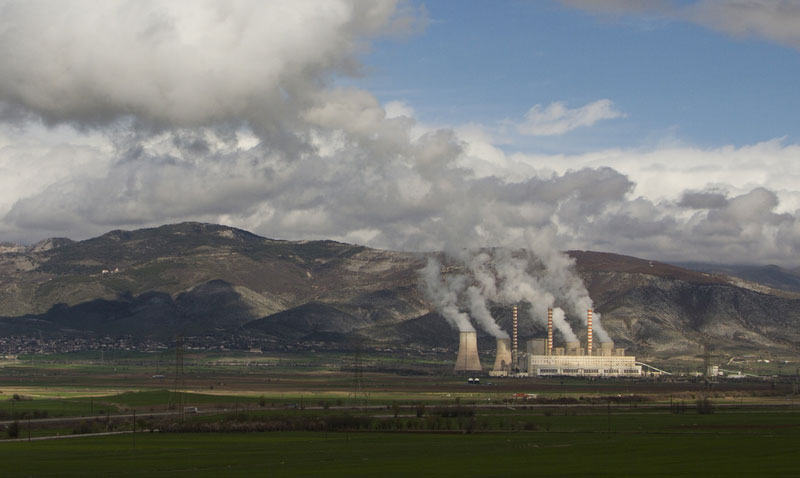The truth behind lignite mythology
Monday, 21 November 2016
The Greek Public Power Corporation knows perfectly well that its two new lignite units under development, won’t be economically viable unless they are allowed to emit CO2 without paying. That’s why GPPC is claiming in every possible forum that Greece should get a pertinent exemption from the EU Emissions Trading System (EU ETS) rules*. In its effort to conceal the real reason behind its desperate plea, which is the perpetual continuation of the lignite-based electricity model as recently described by Guardian, GPPC is employing a series of arguments, which couldn’t be further from the truth. It comes a moment though that all myths get busted.

Lignite mythology, chapter 1
It is a myth that with free emission allowances Greece will get rid of electricity imports from neighboring countries like Bulgaria.
Greek lignite will not be competitive even then, as shown by a report commissioned by GPPC itself. At a time when neither country was really paying for CO2 emissions (2012) electricity production costs from Greek lignite reached 60 euro/MWh, while the corresponding cost for Bulgarian lignite was below 32 euro/MWh. It is obvious that this difference, mainly due to the low quality of Greek lignite, will remain the same even if Greece receives free emission allowances.
Lignite mythology, chapter 2
It is a myth that Greece is “entitled” to free emission allowances as GPPC claims.
The intention of the respective exemption of the ETS directive (article 10c) is to help poorer Member States which are heavily dependent on fossil fuels to shift towards cleaner energy sources. Greece is not one of them. So far in 2016, lignite covers 28% of electricity demand, whereas renewables 30%, despite the hostile political measures taken against RES in recent years. Thus, the energy shift has already started in Greece. Greece is neither Poland, nor the Czech Republic or Bulgaria, despite efforts to the contrary. GPPC is refusing to face reality and, instead, hopes that lignite shares will be restored to their former glory, without any justification whatsoever for such a necessity. On the contrary, it has been demonstrated that the electricity that Ptolemaida V (GPPC’s new lignite plant, currently under construction) is designed to produce can be delivered every hour of the year by a combination of wind, PV and pump hydro energy storage stations at a lower levelized cost of electricity (LCOE).
Lignite mythology, chapter 3
It is a myth that without lignite mining the economy of Western Macedonia will collapse.
A recent study has shown that if investments comparable to the construction cost of GPPC’s 2 new lignite plants (Ptolemaida V and Meliti II) are made during the next 15 years in 12 alternative economic sectors, significantly more jobs and greater local income will be generated.
Lignite mythology, chapter 4
Finally, it is a myth that free emission allowances will support the development of renewables as several MEPs in the Energy Committee (ITRE) of the European Parliament have been led to believe.
For every single emission allowance that is given for free to GPPC’s lignite units, public revenue is lost. The latter until recently was used to support the development of RES in Greece. If GPPC’s lignite plants receive free emission allowances, this revenue will be decreased by 40%.
Nobody is asking for lignite production to cease tomorrow morning. However, in Greece’s case, free emission allowances will prolong lignite dependence until at least the 2060s, as the president and CEO of GPPC has recently admitted. As things stand right now, Greece has to choose what its energy future will be based on in the coming decades. Lignite or renewables?
*In particular GPPC is asking for a change in the eligibility base year from 2013 to 2014 in the article 10c of the ETS directive. This will make Greece eligible for receiving free allowances for its electricity producers.
Share this



